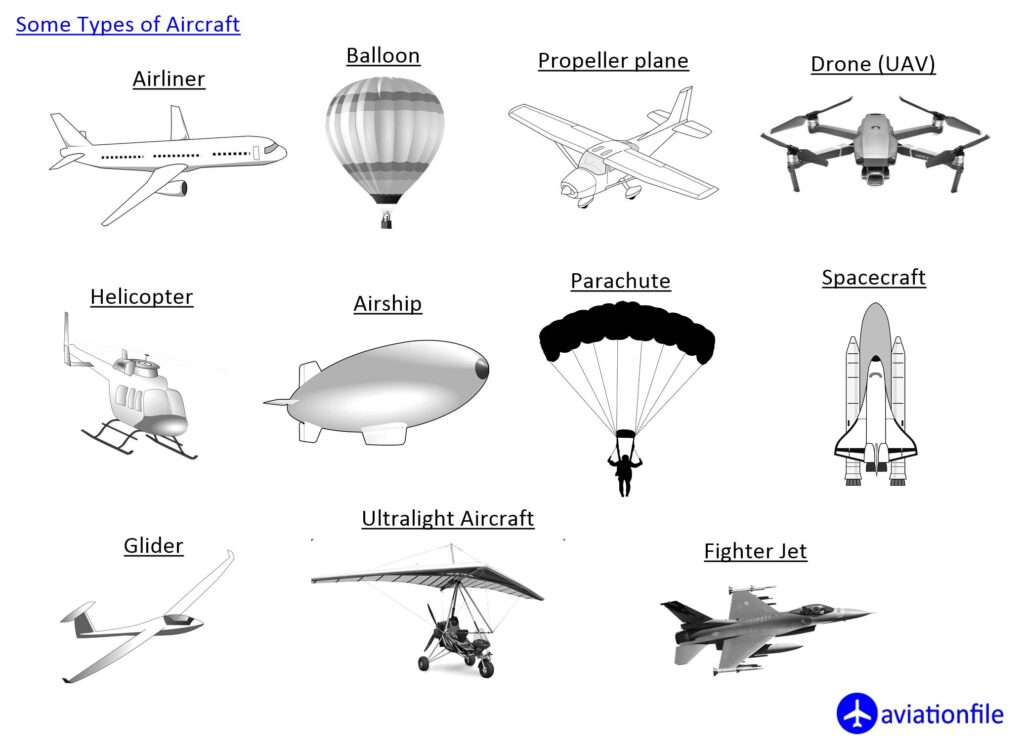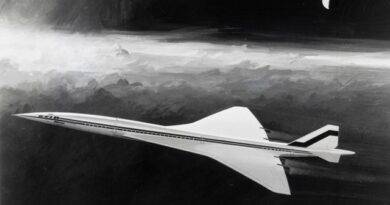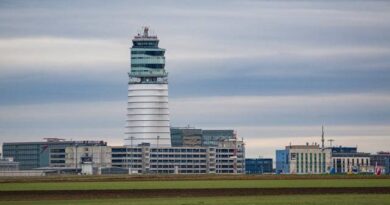Who Are Aeronautical Engineers?
Aeronautical engineers are professionals who design, develop, and maintain aircraft. Their expertise lies in the science of flight. They focus on improving the performance, efficiency, and safety of airplanes, helicopters, drones, and even spacecraft. These engineers play a crucial role in the aviation industry, ensuring that all flight systems function correctly.

What Do Aeronautical Engineers Do?
Aeronautical engineers handle a wide range of responsibilities. Some of the key tasks include:
- Designing aircraft: They create new designs for aircraft and related systems, using advanced computer-aided design (CAD) tools.
- Testing prototypes: Engineers test aircraft designs in wind tunnels and simulations to ensure safety and performance.
- Maintenance and upgrades: They oversee the maintenance of aircraft and recommend upgrades to improve functionality.
- Problem-solving: When issues arise with aircraft systems, aeronautical engineers are responsible for diagnosing and fixing them.
- Research: These professionals conduct research on new materials, propulsion systems, and technologies to improve future aircraft designs.
Where Do Aeronautical Engineers Work?
Aeronautical engineers work in a variety of industries and locations, including:
- Aerospace companies: The primary employers, companies like Boeing, Airbus, and Lockheed Martin hire these engineers to design and maintain aircraft.
- Defense contractors: They work with governments and defense organizations to develop military aircraft.
- Airlines: Engineers in this setting ensure the ongoing maintenance and efficiency of commercial planes.
- Research and development centers: Some engineers focus on innovation, developing cutting-edge technologies for the aviation sector.
- Government agencies: NASA, the Federal Aviation Administration (FAA), and other agencies hire aeronautical engineers to regulate and advance the field of aviation.
Advantages of Being an Aeronautical Engineer
- High demand: Aeronautical engineers are always in demand due to the global reliance on air travel and aviation technology.
- Competitive salary: These professionals often enjoy high salaries due to their specialized skills.
- Exciting projects: Engineers in this field get to work on groundbreaking technology and be part of innovative projects.
- Global opportunities: Aeronautical engineers have the chance to work all over the world, with top employers in various countries.
Disadvantages of Being an Aeronautical Engineer
- High pressure: The work is demanding and involves a lot of responsibility, especially when ensuring the safety of aircraft.
- Long hours: Engineers often work long hours, particularly during testing phases or when solving critical issues.
- Intense competition: Aeronautical engineering is a highly competitive field, with top companies seeking the best talent.
- Constant learning: The aviation industry evolves quickly, requiring professionals to continuously update their skills and knowledge.
How Should Aeronautical Engineers Update Themselves?
To stay relevant in today’s fast-paced technological world, aeronautical engineers must keep updating their skills. Here’s how they can do that:
- Embrace digital tools: Learn and use the latest software, like CAD, simulations, and artificial intelligence (AI) tools to improve design processes.
- Stay informed: Read aviation journals, attend seminars, and participate in workshops to keep up with new technologies, materials, and regulations.
- Learn about new propulsion systems: With the rise of electric and hybrid engines, understanding new propulsion systems is vital.
- Focus on sustainability: Learn about eco-friendly aircraft designs and ways to reduce carbon emissions as sustainability becomes a major focus.
- Join professional organizations: Being a member of professional organizations like the American Institute of Aeronautics and Astronautics (AIAA) can offer networking opportunities and access to the latest industry trends.
Leading Educational Institutions Offering Aeronautical Engineering Programs
Several of the world’s top educational institutions provide renowned programs in aeronautical engineering, attracting students globally. The Massachusetts Institute of Technology (MIT) in the United States is well-known for its leadership in aerospace research and innovation. Stanford University, also in the U.S., offers a highly regarded program that integrates engineering with practical aerospace applications. In Europe, Delft University of Technology (TU Delft) in the Netherlands is recognized for its strong aerospace engineering program, with a focus on cutting-edge research and industry collaboration. The University of Cambridge in the United Kingdom also delivers a prestigious program that blends fundamental engineering principles with specialized aerospace training. In Asia, Indian Institute of Technology (IIT) Kanpur is one of India’s leading institutions, offering a comprehensive education in aeronautical engineering. These universities play a critical role in advancing aerospace technology and innovation worldwide.
Conclusion
Aeronautical engineers are vital to the advancement of aviation technology. They work in a variety of industries, from commercial airlines to space exploration companies. While the profession offers high rewards and exciting projects, it also comes with challenges like high pressure and constant learning. By staying updated with technological advancements, these professionals can continue to contribute to the future of aviation.


